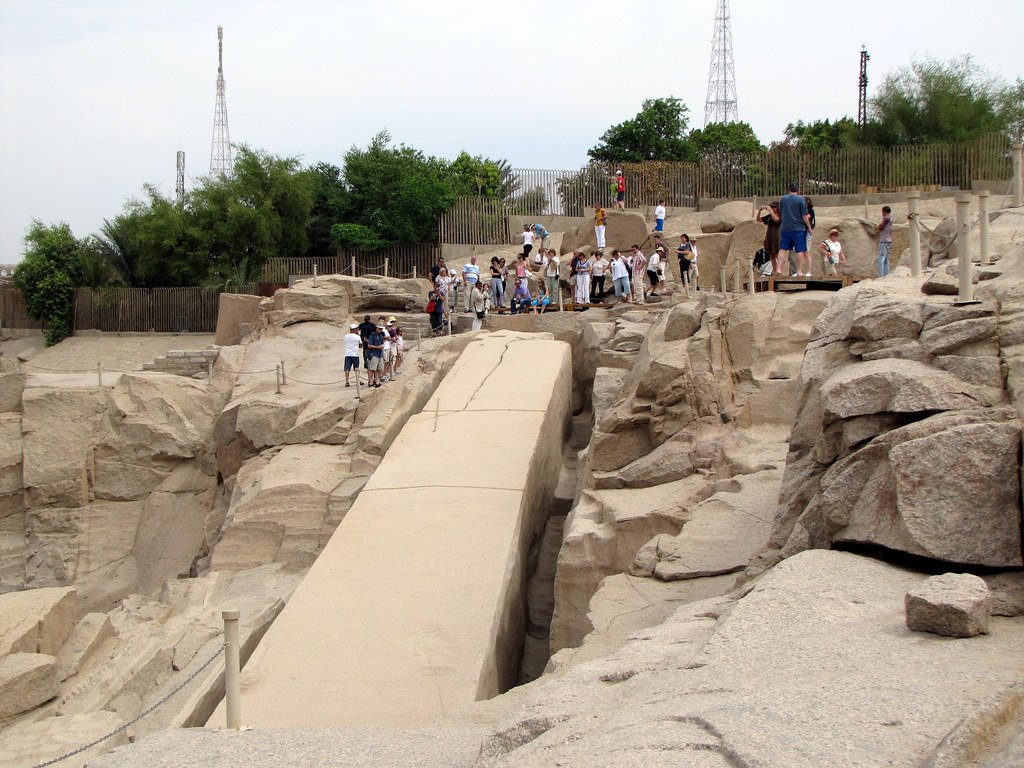In the heart of ancient Egypt, there lies a mystery as colossal as the stones themselves: the unfinished obelisks. These towering stone monuments, intended to scrape the skies, tell tales of grandeur and unfulfilled ambition. Walking through the quarries of Aswan, one can’t help but be awestruck by the sheer size of these stones, some weighing over a thousand tons. The real enigma, however, lies in understanding how the ancient Egyptians managed to transport and erect these massive structures without the modern machinery we rely on today. The unfinished obelisks, silent yet imposing, stand as a testament to the ingenuity and determination of a civilization that continues to fascinate the world.
The Mystique of the Obelisks
Obelisks are slender, tapering monuments with a square base and a pyramidal top. Known to symbolize the sun god Ra, these structures were often erected in pairs at the entrances of temples. Their mystique is enhanced by the hieroglyphs and inscriptions that adorn their surfaces, telling stories of power, divinity, and eternal life. The unfinished obelisks, however, remain grounded, offering a glimpse into the challenges faced by the ancient Egyptians. Each uncompleted monument is a narrative of ambition halted abruptly, perhaps due to flaws in the stone or changes in political priorities.
Quarrying the Giants
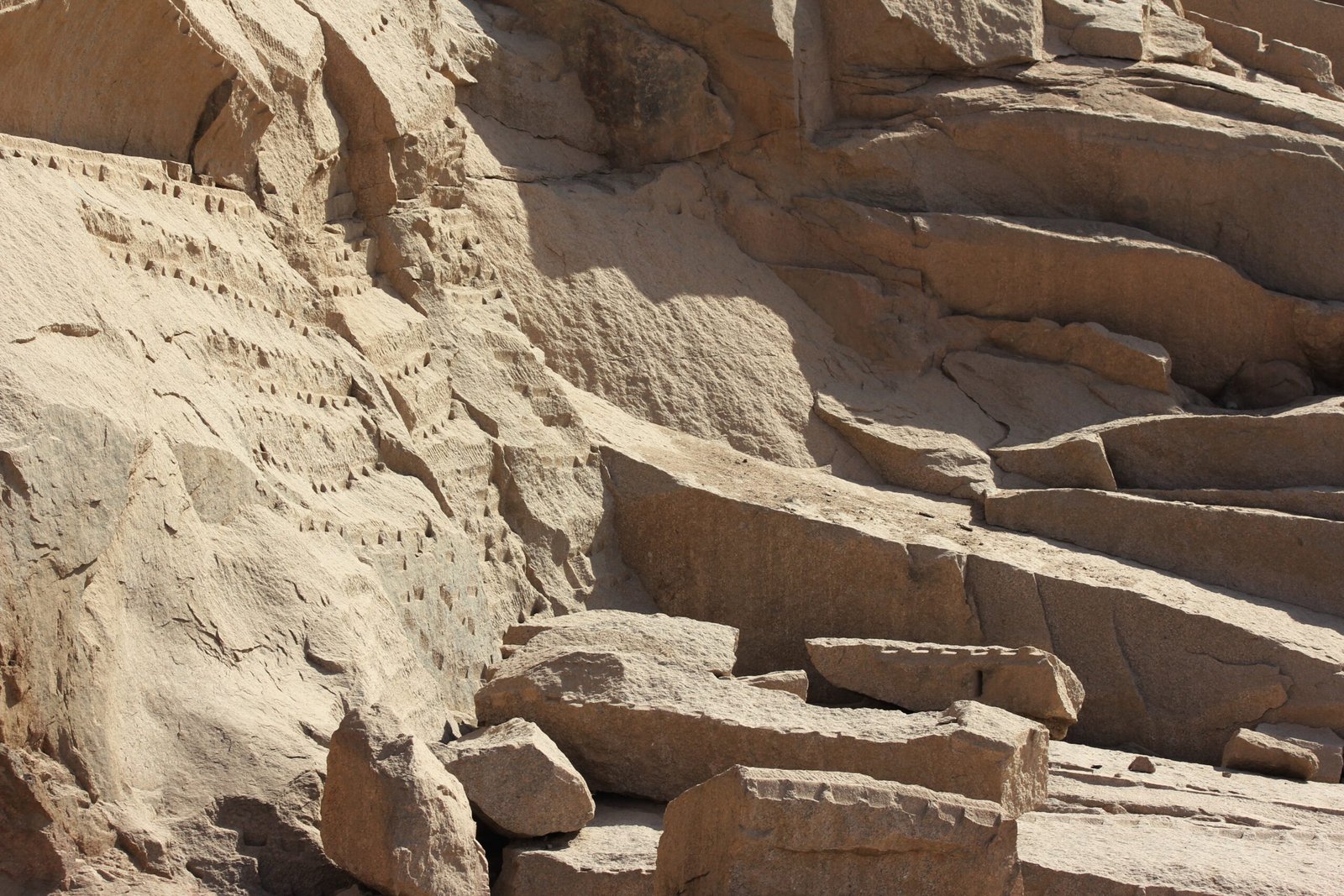
The granite quarries of Aswan were the primary source for the obelisks. This stone, revered for its durability and beauty, was painstakingly extracted using simple tools such as dolerite balls. Workers would carve trenches around the desired stone piece, gradually freeing it from the bedrock. The precision and effort required were immense, with teams laboring for years to separate a single obelisk. Despite the rudimentary tools, the accuracy of their work is astonishing, reflecting a deep understanding of both geology and craftsmanship.
Challenges of Transport

Once an obelisk was freed from the quarry, the challenge of transportation began. It’s believed that workers used wooden sledges and rollers, lubricated with water or oil, to drag the massive stones to the Nile River. From there, the stones would float downstream on specially constructed barges. The logistics of this operation required careful planning and coordination, as even a slight miscalculation could lead to disaster. The process was arduous, demanding both physical strength and strategic thinking to ensure the safe passage of these colossal stones.
Ingenious Erection Techniques

Raising an obelisk to its upright position was a feat of engineering genius. The ancient Egyptians likely used a combination of ramps and levers, along with counterweights, to gradually tilt the stone into place. Some theories suggest the use of sand pits, where the obelisk would be carefully lowered and then gradually raised by removing sand. This method required precision and teamwork, as any mistake could result in the monument toppling over. The successful erection of an obelisk was not just a technical achievement but also a symbolic one, signifying the ruler’s divine right to power.
The Role of Astronomy
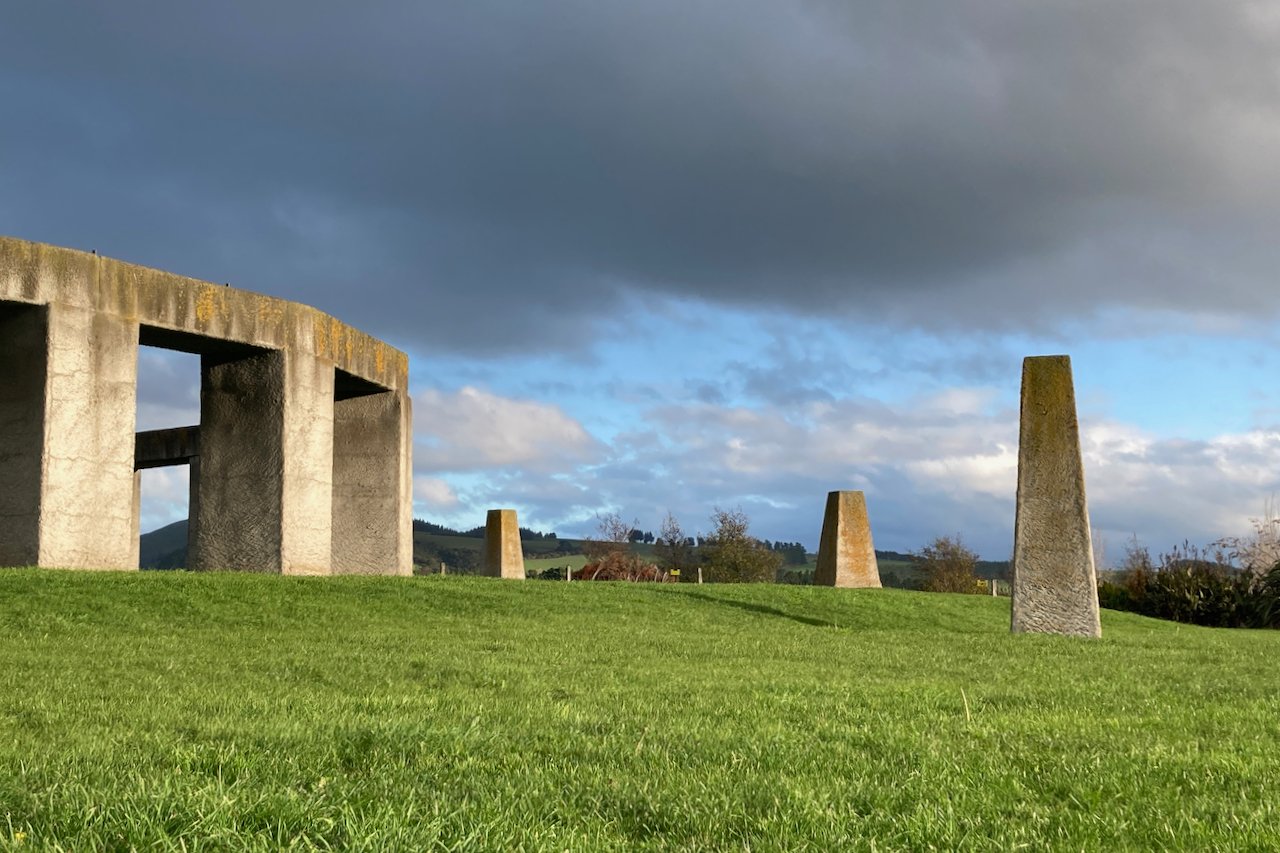
Astronomy played a crucial role in the orientation and placement of obelisks. These structures were often aligned with celestial bodies, particularly the sun, to harness their divine energy. The alignment was not only symbolic but also served practical purposes, such as marking the passage of time or the seasons. This celestial connection underscored the belief that the pharaohs were living gods, bridging the earthly and the divine. The precision with which these alignments were achieved speaks to the sophisticated knowledge of astronomy possessed by the ancient Egyptians.
Impact on Modern Engineering
The methods used by the ancient Egyptians to move and erect obelisks continue to inspire modern engineers. The principles of leverage, balance, and teamwork remain relevant today, and their application can be seen in contemporary construction projects. The unfinished obelisks serve as a reminder of the resourcefulness and adaptability required to tackle seemingly insurmountable challenges. By studying these ancient techniques, we gain insight into the ingenuity that has driven human progress throughout history.
Lessons in Perseverance
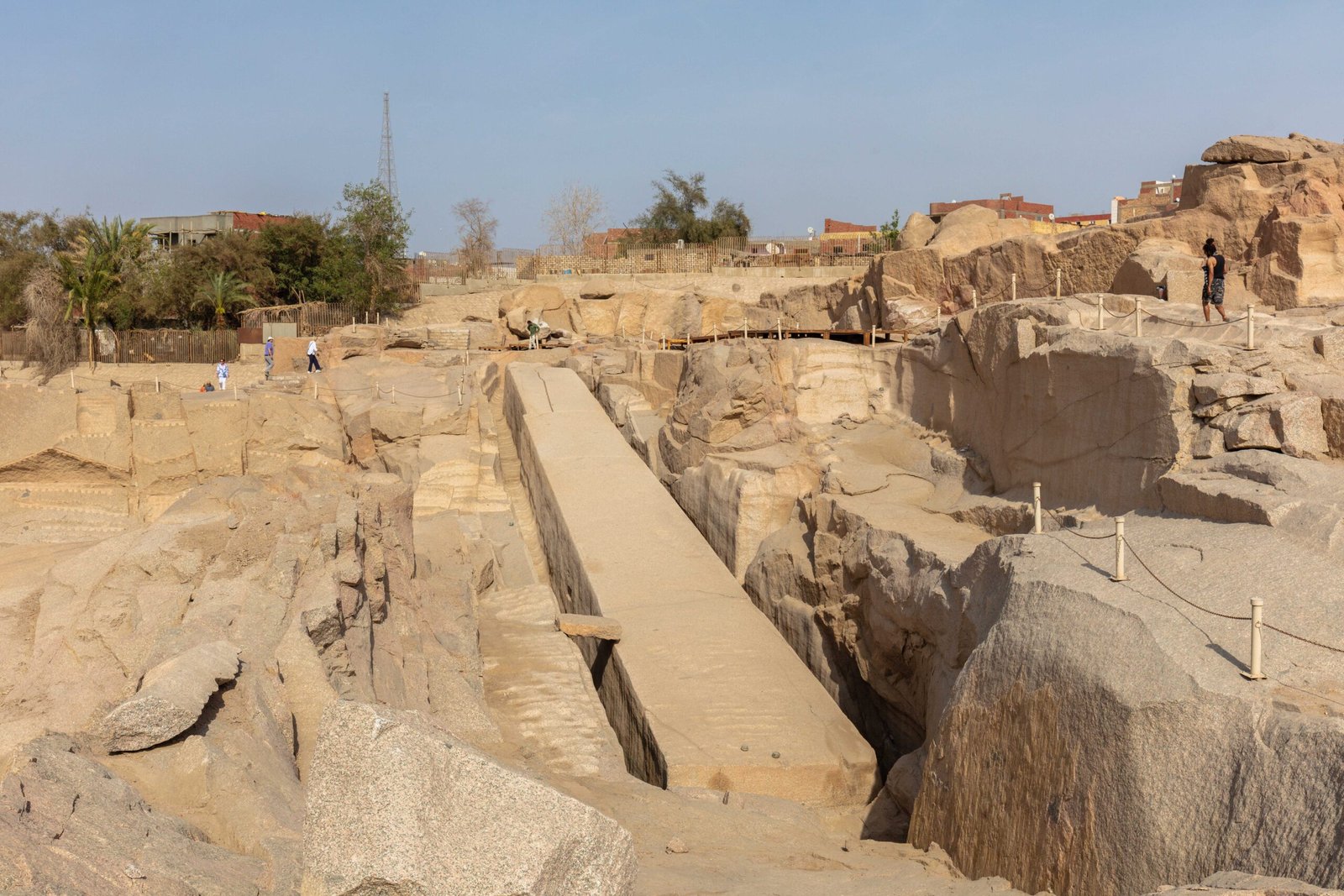
The unfinished obelisks are more than just remnants of a bygone era; they are lessons in perseverance and ambition. They remind us that even the most well-laid plans can encounter obstacles, and that failure is often a stepping stone to success. The ancient Egyptians’ determination to leave a lasting legacy, despite the challenges they faced, is a testament to the human spirit. Their story encourages us to pursue our own ambitions with unwavering resolve, even in the face of adversity.
Modern Discoveries and Research
Ongoing archaeological research continues to uncover new insights into the methods used by the ancient Egyptians. Advanced technologies, such as ground-penetrating radar and 3D modeling, allow researchers to explore the quarries and monuments with unprecedented detail. These discoveries not only enhance our understanding of the past but also highlight the enduring relevance of ancient knowledge in solving modern problems. As we continue to unravel the mysteries of the unfinished obelisks, we are reminded of the importance of preserving and studying our shared heritage.
The Cultural Significance
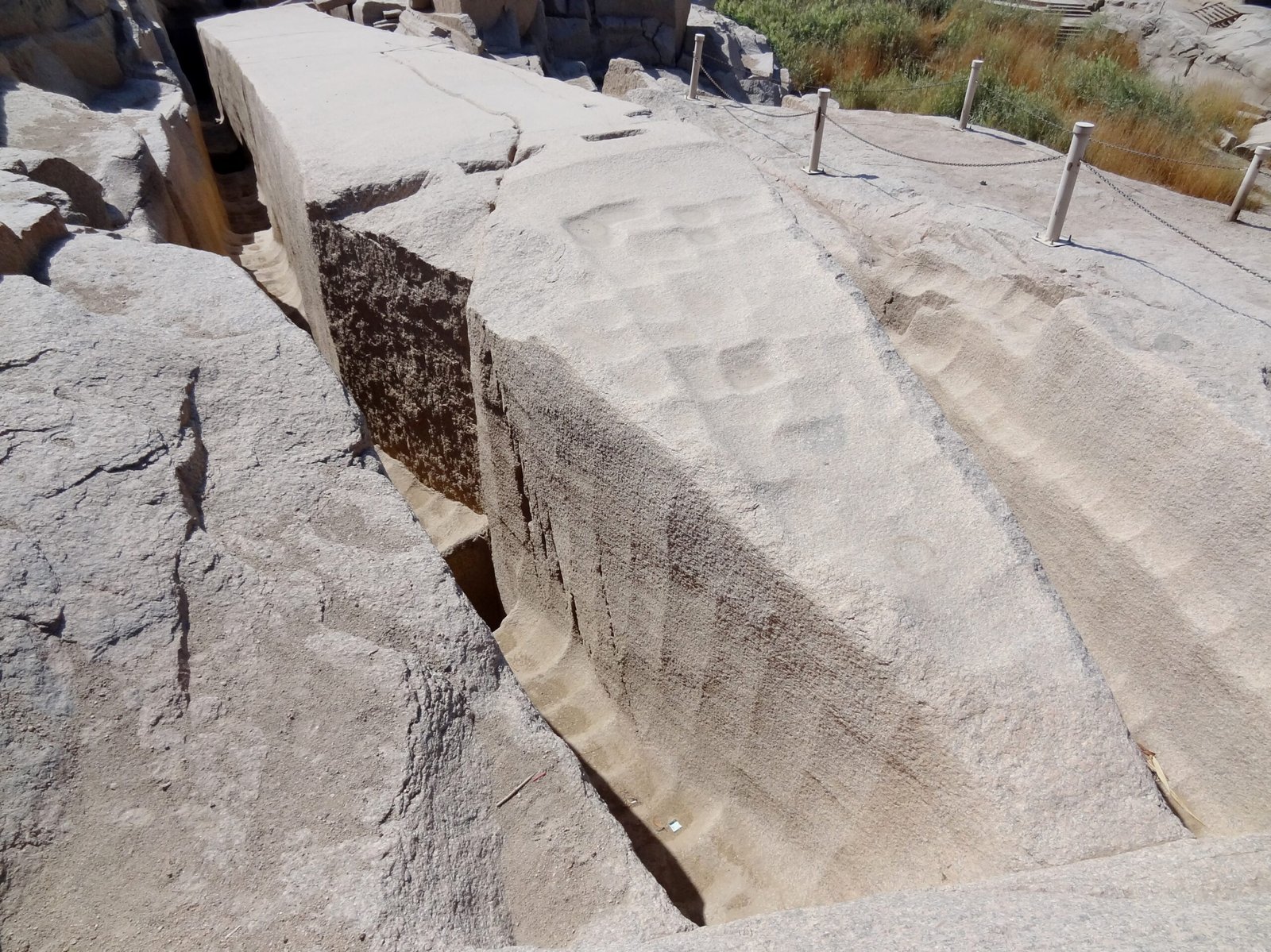
Obelisks hold great cultural significance, symbolizing the connection between the earthly and the divine. They are enduring symbols of power, achievement, and spirituality, reflecting the values and beliefs of the ancient Egyptians. The unfinished obelisks, in particular, offer a unique perspective on the challenges and aspirations of this civilization. By studying these monuments, we gain a deeper appreciation for the cultural and historical context in which they were created, enriching our understanding of human history.
Reflection on Human Ingenuity
The unfinished obelisks of Egypt stand as silent witnesses to the ingenuity and determination of a civilization that mastered monumental construction with limited resources. Their story is a testament to human creativity and resilience, reminding us of the potential within each of us to overcome challenges and achieve greatness. As we reflect on the legacy of the ancient Egyptians, we are inspired to approach our own endeavors with the same spirit of innovation and perseverance, leaving our own mark on the world.

